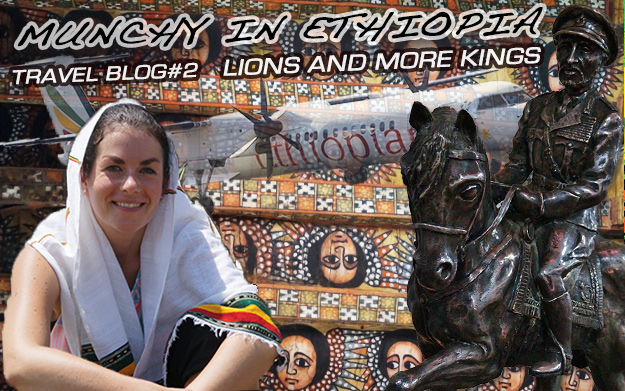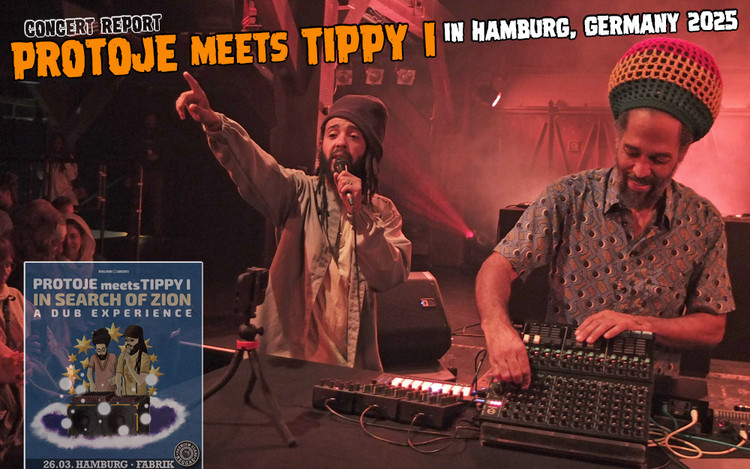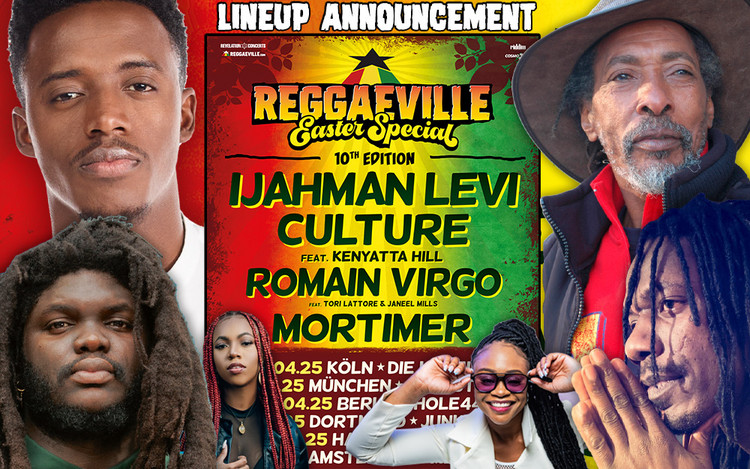Munchy in Ethiopia - Lions and more Kings (Travel Blog #2 )
11/18/2015 by Munchy

Munchy in Ethiopia 2015 - Travel Blog Day 2
CLICK HERE TO VIEW THE PHOTO REPORT!
After yesterday’s church marathon, I feel for some different discoveries today. Valentin’s colleagues give me foolproof instructions which taxis (as in: mini buses) I need to take to reach the National Museum and I take off highly motivated: Ghana Street, Zewditu Street to Kazanchis, Niger Street, past the roundabout at Arat Kilo. Yesterday’s extensive walk was well efficient for orientation, I already feel quite comfortable in the city. Inside a serene, little garden decorated with various statues like Haile Selassie teaching 12 students I enter a concrete block that is the home of the museum. For only 10 Birr (50 Cents) I get to explore four floors bursting with Ethiopia’s rich history. The basement explains evolutionary developments of various animals with significant bones and partial skeletons (like my favorite: the giraffe and how it got such a long neck) and hosts archeological finds like the remains of the famous “Lucy”, which is sure the number one exhibit to take a selfie with. After the Axumite era on the ground floor, I ascend to the nation’s art treasures such as paintings and sculptures from ancient classic to modern art. It is right in front of the broad blue and yellow canvas “African Heritage” by Afewerk Tekle that I get to know Kalkidan. “Are you here alone?” – “Yes” - “So we can go together?” – “Sure!” The female student is a positive spirit and like most Ethiopians extraordinarily enthusiastic about her country and history. Carefully she explains to me all the items on the top floor: cooking utensils, traditional clothing, agricultural tools and what I would not have believed to be what it actually is, if it wasn’t for Kalkidan explaining it to me: the head rests. Wow, so people would really fall asleep on these crescent-shaped wood sculptures?! I rather stick to my pillow though.
Just a bit up the road from the National Museum is the Lion Zoo . Naturally I have to pay the king animal a visit while being in Ethiopia but what my new girlfriend and I get to experience is far from anything enjoyable. About six animals are isolated in tiny cages that are just concrete and metal bars. Pieces of raw meat lie on some corners, but if I was degraded like that, I wouldn’t want to eat neither. We circle the understandably lethargic lions twice. One finally gets up, strolls a bit before he turns his back to the spectators - and pees. As close as he can get to us terrible humans, that imprisoned him for shallow entertainment, he comes to expose his butt, pee and use his hind paws to fling the urine in our direction. I am no vet or biologist, don’t know whether this is the normal behavior or not, but either way, the gesture was somewhat genius: “Smell that, gawkers!”
. Naturally I have to pay the king animal a visit while being in Ethiopia but what my new girlfriend and I get to experience is far from anything enjoyable. About six animals are isolated in tiny cages that are just concrete and metal bars. Pieces of raw meat lie on some corners, but if I was degraded like that, I wouldn’t want to eat neither. We circle the understandably lethargic lions twice. One finally gets up, strolls a bit before he turns his back to the spectators - and pees. As close as he can get to us terrible humans, that imprisoned him for shallow entertainment, he comes to expose his butt, pee and use his hind paws to fling the urine in our direction. I am no vet or biologist, don’t know whether this is the normal behavior or not, but either way, the gesture was somewhat genius: “Smell that, gawkers!”
Kalkidan still has a few hours left before she has to go to her college where she studies accounting to eventually work in a bank, so we move on further past the Sidist Kilo roundabout and up Algeria Street to reach Addis Ababa University. On the way I repeatedly recognize some rather unpleasant but surely attention drawing little melodies blasting from tiny plastic boxes on the ground. “What is that for?” - “Oh, you wanna weigh?” - “I want to what?” - “Yes, let's do this!”. Next to each little noise maker is a person sitting on the floor and next to each person is a scale. For half a Birr you can step on it, to find out your weight. Entertainment – sure more than in the Lion Zoo – that Kalkidan does not want to miss out on. She insists and even invites me. What an excitement!
Our next destination is the Ethnographic Museum inside the Institute of Ethiopian Studies. Admission is 100 Birr (5 US$) for tourists (the usual official forenji discount), for locals it’s 2 Birr (10 Cents). So entrance fee for both of us is generously on me (reciprocating the entertaining weighing). Two wide floors display once more anything Ethiopia related one could imagine: its plants, its religions, its coffee pots, its musical instruments.  The repetitive overload considering our previous museum visit cannot decrease Kalkidan’s curiosity and verve to share with me. My enthusiasm returns eventually as we enter the part of the building that is simply what it used to be originally: the bedrooms of Haile Selassie and Empress Menen with both their attached bathrooms. Before it was turned into the university the Guenete Leul Palace was the main residence of the Emperor and his family. While Empress Menen's bedroom only offers a few of her dresses, a flowery carpet and a small empty closet, His Majesty’s premises are kept true to its original state. Blue linen with golden ornaments cover the kingly mattress under a velvet canopy. A white telephone and two candles are on the night stands left and right to it. On a wooden side table is enthroned a golden sculpture of the Lion of Judah. Next to the window is the office desk, opposite a large mirror including a bullet hole from the 1960 coup d’état. Several government officials died in the course of events on December 13 and the incident eventually led to Haile Selassie moving to the Jubilee Palace. The enclosed bathroom boasts two light-blue basins (while Empress Menen has only one), a marble bath tub and a toilet sealed with red duct tape (hopefully just a precautionary measure).
The repetitive overload considering our previous museum visit cannot decrease Kalkidan’s curiosity and verve to share with me. My enthusiasm returns eventually as we enter the part of the building that is simply what it used to be originally: the bedrooms of Haile Selassie and Empress Menen with both their attached bathrooms. Before it was turned into the university the Guenete Leul Palace was the main residence of the Emperor and his family. While Empress Menen's bedroom only offers a few of her dresses, a flowery carpet and a small empty closet, His Majesty’s premises are kept true to its original state. Blue linen with golden ornaments cover the kingly mattress under a velvet canopy. A white telephone and two candles are on the night stands left and right to it. On a wooden side table is enthroned a golden sculpture of the Lion of Judah. Next to the window is the office desk, opposite a large mirror including a bullet hole from the 1960 coup d’état. Several government officials died in the course of events on December 13 and the incident eventually led to Haile Selassie moving to the Jubilee Palace. The enclosed bathroom boasts two light-blue basins (while Empress Menen has only one), a marble bath tub and a toilet sealed with red duct tape (hopefully just a precautionary measure).
Once more we enjoy the view from the window over the city and the lush greens, palm trees and bougainvillea of the campus’ garden, before Kalkidan leaves for college and I call it a day and return to my simple, bourgeois bed.
CLICK HERE TO VIEW THE PHOTO REPORT!









